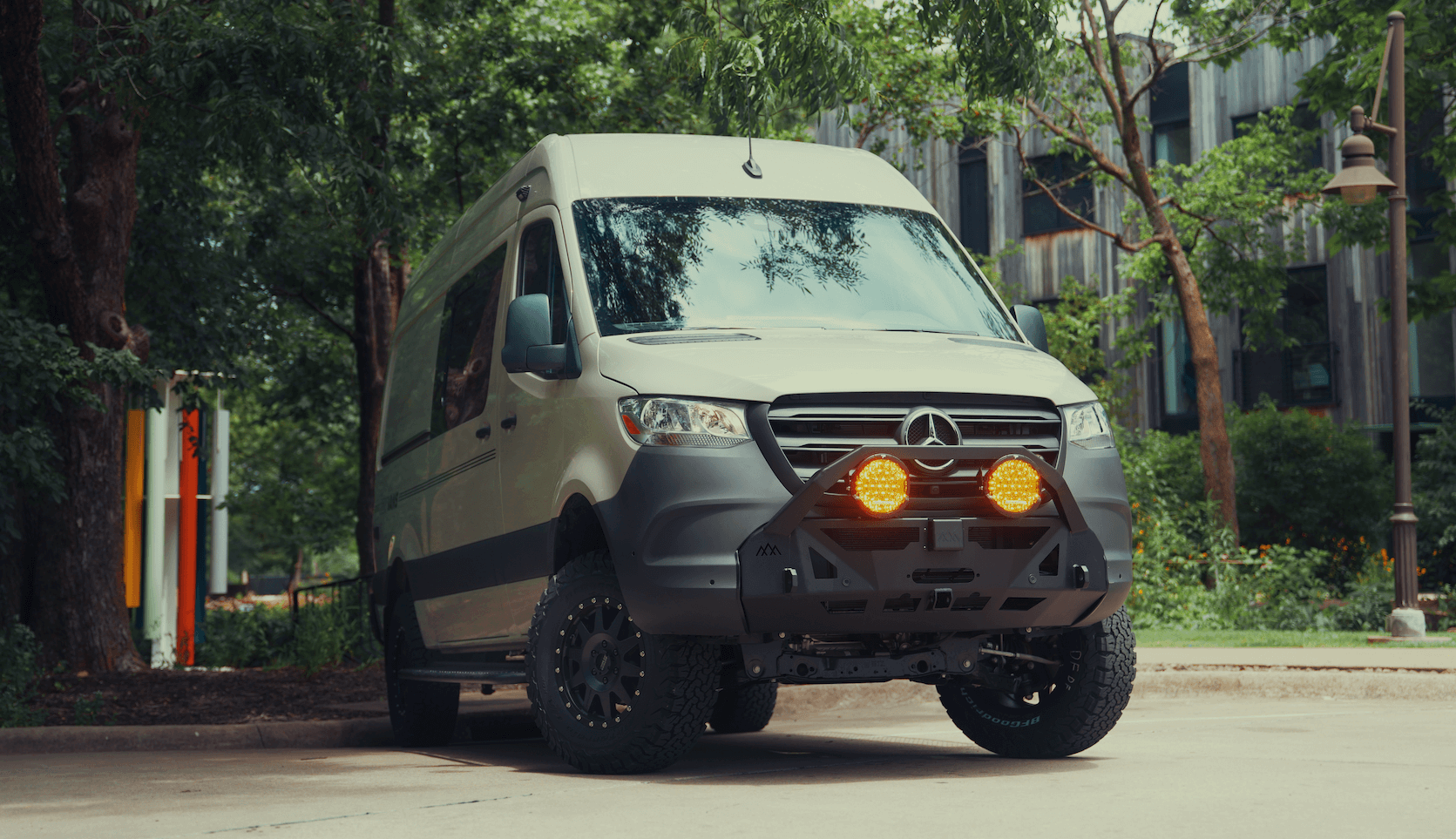Recreational Vans

A split charge relay system lets a running engine feed power to a secondary battery without risking the starter battery. When the alternator raises system voltage, the relay closes and both batteries receive charge. When the engine stops and voltage falls, the relay opens, isolating the house battery so overnight loads cannot drain the starting battery.
Why builders use this approach:
The concept is straightforward, but details matter. Cable size, fuse placement, battery chemistry, and alternator behavior all influence performance. Traditional vehicles with steady alternator voltage suit simple relays. Newer platforms with variable output alternators and smart energy management often require a more advanced charger between batteries to protect components and deliver proper charge profiles.
The word relay covers multiple strategies. Choosing the right one depends on vehicle electronics and your house battery.
A voltage sensitive relay, often called a VSR, monitors system voltage. Above a set threshold, it connects the starter and house batteries for charging. Drop below the threshold and it opens. Benefits include low cost, minimal wiring, and decent performance with lead acid or AGM house batteries on older vehicles that hold consistent alternator voltage.
Watchouts:
An ignition triggered relay uses a keyed signal to close when the engine runs. This avoids voltage sensing quirks but relies on a clean ignition source. Automatic charging relays combine sensing logic with protect features like start isolation or manual combine modes. They shine in simple dual battery setups where both batteries are similar chemistry and the alternator is predictable.
Vehicles with smart alternators reduce output to save fuel and may never present enough voltage to charge a house battery fully. Lithium batteries also want a multi stage profile and current limiting. A DC to DC charger solves both problems by boosting or bucking voltage to deliver the correct profile. It limits current to protect alternators, respects lithium battery management systems, and often includes temperature and low voltage safeguards. For many late model vans and trucks, DC to DC is the right call even if the term relay is used loosely to describe the function.
Good design prevents nuisance issues and protects your vehicle. Treat wiring like plumbing under pressure.
Size cable for both distance and expected current. Long runs from engine bay to cargo area magnify voltage drop, so consider larger gauge than the current alone suggests. Place a proper fuse or breaker within a few inches of each battery connection. Route cables away from heat, moving parts, and sharp edges. Use grommets through bulkheads, abrasion resistant loom, and secure strain relief.
A solid ground path is as important as the positive feed. On steel chassis, bond to clean metal with star washers; on aluminum or composite bodies, follow manufacturer guidance for dedicated ground points. Keep high current devices cool and accessible. Heat shortens component life and increases resistance. Minimize voltage drop by using short, direct paths and quality lugs that are properly crimped and sealed.
Before first start, verify polarity at every device, then continuity. With the engine running, measure voltage at the alternator, starter battery, relay input, relay output, and at the house battery. A healthy system should show a sensible step down across the run, not a dramatic sag. If a relay chatters, suspect low alternator voltage, thin cable, or a poor ground. If charging stalls on a lithium bank, confirm BMS limits and the charger profile.
Many travelers blend sources. Solar covers daytime loads at camp, shore power tops the battery before a trip, and alternator charging fills gaps on the road. A split charge relay or DC to DC charger simply becomes one leg of a larger energy strategy. Use a proper battery monitor to understand state of charge. Plan around your heaviest combined loads like a fridge plus a fan plus device charging. For large inverters or high demand air conditioning, alternator charging alone is rarely sufficient and should be paired with solar and shore power charging capability.
For modest weekend travel with an AGM house battery, a VSR or automatic charging relay can be a budget friendly win. For modern vans, variable output alternators, or lithium banks, a DC to DC charger is often the dependable choice. Either path, done correctly, means a cold fridge, charged devices, and a confident morning start.
Designing a safe dual battery system is about matching parts to your vehicle and battery chemistry, then executing clean wiring with smart protection. If you are planning a van or overland build, our team can integrate relay or DC to DC charging into a complete electrical system that suits how you travel. Explore our Recreational vans, review how we approach Custom build vans, or see finance friendly Mainstream vans platforms that can be tailored to your needs.
We listen first, then design around your route, climate, and gear. That is how you get dependable power on every mile, without guesswork.
Ready for a worry free power system that just works? Tell us how you travel and we will design and install the right charging strategy, from smart relays to DC to DC solutions, matched to your alternator and battery chemistry. Start your build plan today.
ADDRESS:
6159 E Huntsville Rd, Fayetteville, AR 72701
PHONE:
(479) 326-9200
EMAIL:
info@ozkvans.com